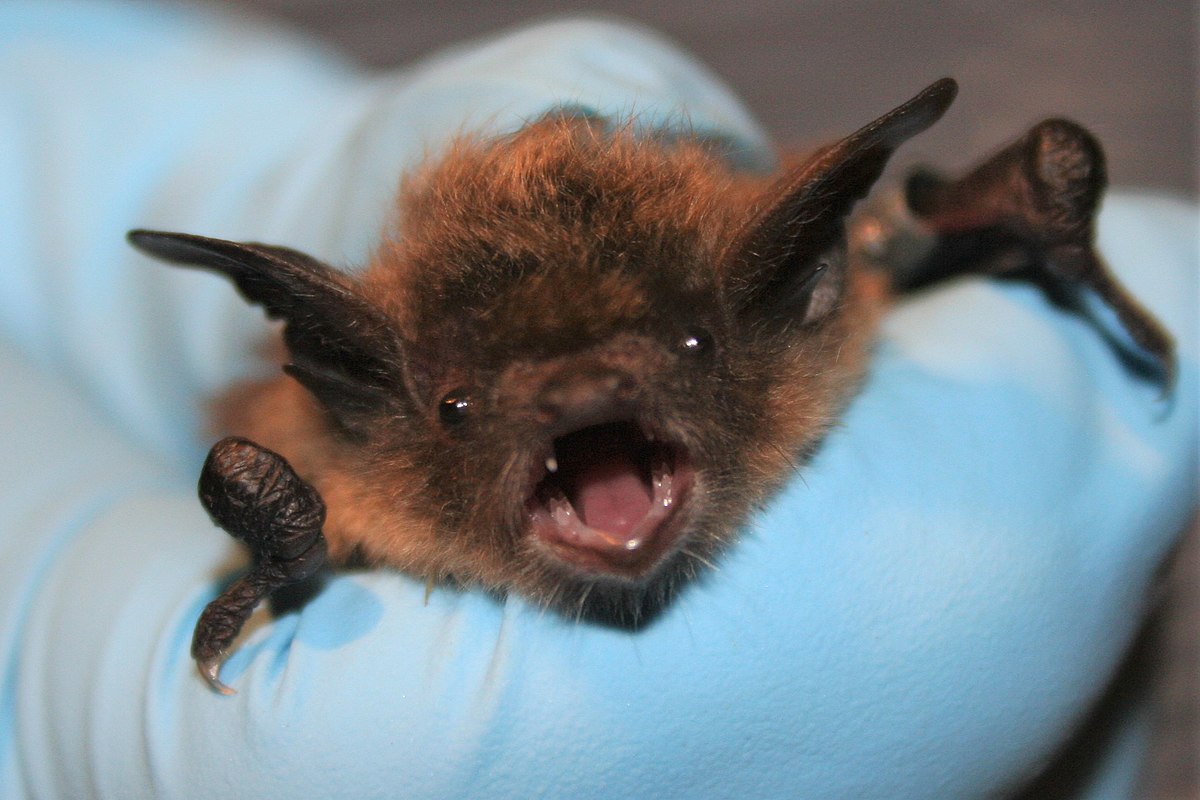Bats are some of the most feared critters for homeowners throughout the country. Just the thought of bats flying around inside the house is enough to send people into a panic, but there are many incredible facts about bats that may surprise you. If you currently have a bat infestation in your home, professional wildlife animal control services are the recommended way to solve the problem. For some, bats have a negative reputation (much of it fueled by old-fashioned myths), but these interesting critters have many secrets and are actually very beneficial to the ecosystem. Keep reading to get to know them in more detail.
Wildlife Animal Control: Bat Facts You May Not Have Known
Bats are nothing to be afraid of, even though they are subjected to a spooky stigma right around the time of Halloween. There are 19 known bat species in Canada, and here are some interesting facts about them you’d be wise to learn:
- Bats do not drink blood
- Bats are more closely related to humans than rodents
- Bats have a snooze button
- Bats can withstand different body temperatures
A rare sighting of bats outside their den site during the day.
Bats Don’t Drink Blood
The species of bats found in Canada do not drink human or animal blood. In fact, there are only three species of bats in the world that are known to drink animal blood and none of them make their home in Canada. Canadian bats are typically nocturnal and will forage for insects when the sun is down. They typically eat night-flying bugs like mosquitos and beetles.
Bats Are More Closely Related To Humans Than Rodents
Despite the fact that many people wrongly believe they are rodents, even calling them “mice with wings”, bats are more closely related to humans and primates than mice or rats. Like all mammals, bats are at risk for carrying and spreading the rabies virus. The risk of humans getting rabies from bats is generally very low but you are far more likely to come into contact with a potentially rabid bat if they are living inside your house. Investing in professional wildlife animal control services is the best idea if you have a colony of bats living in your walls or attic.
Bats Have A Snooze Button
Bats will not drink or feed while hibernating. Their metabolic rates and body temperature will decrease significantly, allowing them to sleep away the long northern winters in this remarkable energy-efficient state.
A bat clinging to a window screen inside a house.
Bats Can Withstand Different Body Temperatures
Bats can withstand a wide range of body temperatures rather than maintain a steady body temperature like most other warm-blooded animals. Because they are active at night and sleep during the day, bats not only avoid competition with birds that eat insects during the day but also conserve energy. Their body temperature drops to conserve energy on cold days and they are similarly able to take advantage of solar heat energy during warm days. Professional wildlife animal control services understand bat biology which allows them to remove bats using humane and effective methods.
Need Help With Wildlife Animal Control In Your Home? Call Skedaddle
Skedaddle Humane Wildlife Control is a company that is a pioneer in humane wildlife control techniques and methods. Thanks to its vast experience and history that goes back nearly three decades, Skedaddles technicians are more than capable of dealing with any type of wildlife infestation you are currently having problems with. Call Skedaddle today and ensure your home remains bat free for years to come.




